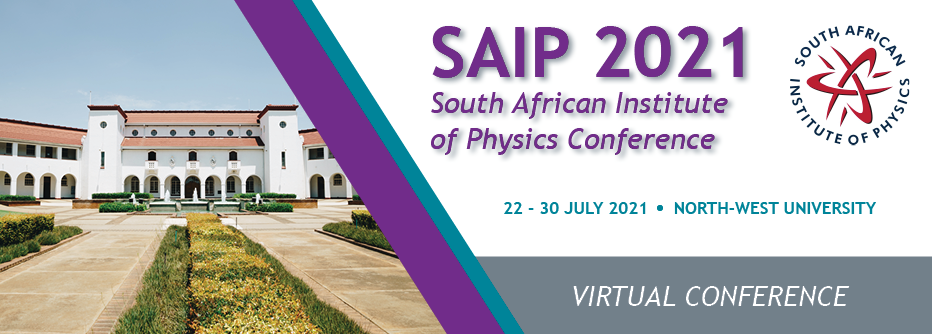Speaker
Description
The nature of the cold dark matter (CDM) can be understood by looking for light scalar candidates such as axion-like particles (ALPs). The coupling between ALPs and photons allows for the spontaneous decay of ALPs into pairs of photons. However, the rate of this process is believed to be small enough to be ignored on cosmological timescales. Furthermore, it has been claimed in several recent works that ALPs can gravitationally thermalize and form macroscopic condensates. The stimulated decay of the ALP condensates is also possible with a significantly high rate. Consequently, the photon occupation number can receive Bose enhancement and grows exponentially. This can lead to radio emissions produced from this process and could be observed by the forthcoming radio telescopes. In this work, we investigate the detectability of such a radio signature from some astrophysical targets using the MeerKAT radio telescopes. This might provide indirect evidence for the existence of the CDM ALPs.
Apply to be considered for a student ; award (Yes / No)?
Yes
Level for award;(Hons, MSc, PhD, N/A)?
PhD

